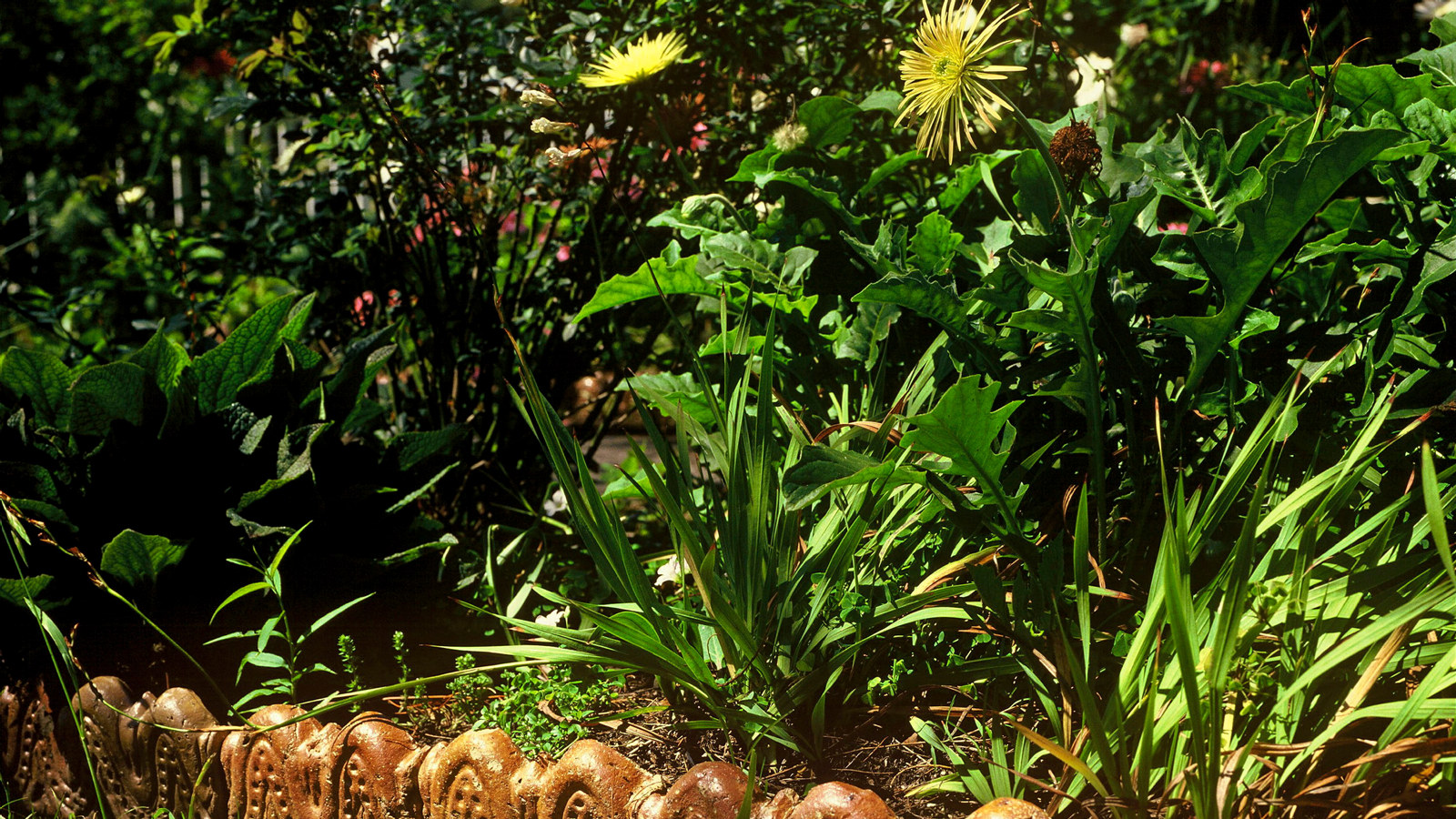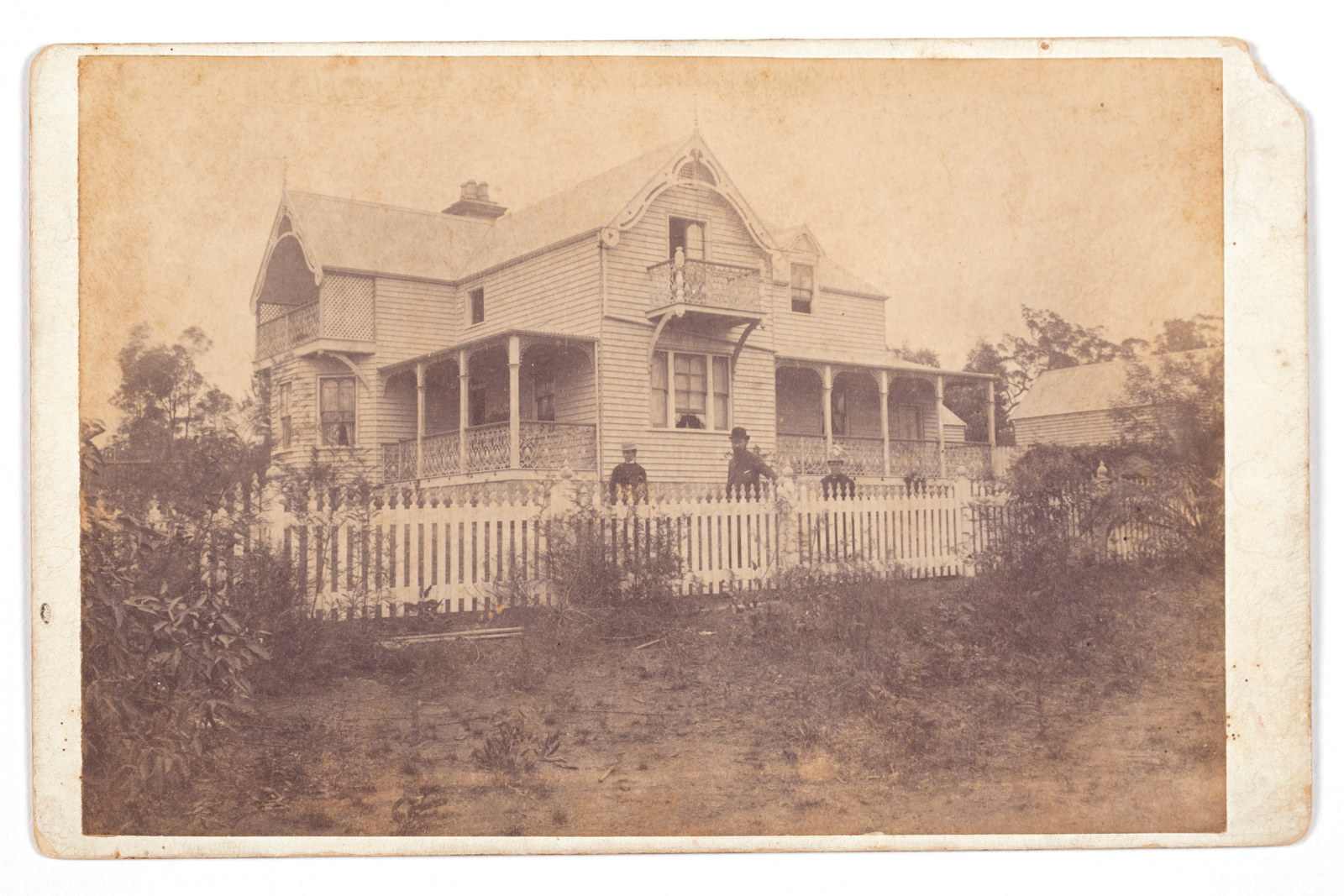The bells are ringing
In early November 1918, Australians knew that the end of World War I was imminent and that an armistice was about to be signed between Germany and the Allies. After some false reports and premature peace rejoicings, the armistice was finally signed in France at 5am on Monday 11 November and came into effect at 11am Paris time.
It was late Monday evening when the news reached Forbes in the central west of NSW. The Reverend Tom Thorburn, Presbyterian minister, described how events unfolded in a letter written a few days later to his sister Tot Thorburn at Meroogal in Nowra.
He had gone to bed early after a big day on the Sunday but was roused by a voice crying, ‘The bells are ringing’. He was ‘soon out of bed and into clothes, without wash or comb’. He had already told his congregation that they were to come to the church at whatever hour they should hear the bells. Now he sent a messenger to light up and open the church. When he arrived, ‘the doors were just opening and the bell was going as if demented and people already gathering in all sorts of attire’. Their joyous feeling was ‘much damped’ by the arrival of the church secretary, who demanded to know who had given authority to ring the bells. He had come straight from the mayor, ‘who knew nothing’. They waited some time before someone came hurrying with a copy of an official press cable. By that time the choir was assembled. Reverend Thorburn read out the cable and the congregation burst into the hymn ‘Praise God from whom all blessings flow’. A prayer of thanksgiving followed and then the ‘Te Deum’ was sung, wrote the minister, ‘As I have never heard it sung and perhaps never will again’. There were readings from scripture, prayers for those who had fought and songs of praise for those who gave their life. At the end of the service some people went home, while others went on to noisy celebrations in the town.
Tom Thorburn told his sister that the Presbyterian church was the only church open that night in Forbes and that people had come from all of the other churches. He wrote that ‘those who came felt they would not have missed that first spontaneous burst of praise for anything’.
Published on
More

A 1920s garden revisited
The garden at Meroogal, dating from 1886 was a source of pride for the Thorburn and Macgregor families

A home of their own
A young woman of the Victorian era, Tot Thorburn had suitors and male friends but chose not to marry. She enjoyed a long and happy life with her sisters at Meroogal

A manuscript cookbook from Meroogal
Cooking was an integral part of the rhythm of life for the family at Meroogal, near Nowra on the south coast of New South Wales

Plant your history
Autumn Blooms at Meroogal
Our local horticulturist, Gail has been doing a fantastic job of taking care of the gardens at Meroogal and the plants are showing off their colours in appreciation
